At the 2015 National Conference on Keyboard Pedagogy held in the US, the keynote speaker, Dr Edwin E Gordon in his address, "Beyond the Keyboard". said, “I am lead to believe piano is taught to many persons by teachers who typically teach the way they were taught, rather than according to an objective learning theory and current research”.
He goes on to say that he has no intention in being critical, however he wanted to share concepts that may encourage teachers to embrace new strategies in their own pedagogy. Dr Gordon said, using language as an analogy, should make it easier to grasp what he explains about music instruction and in particular piano instruction.
Back in 1994 when Forte School of Music started, Forte teachers were trained to teach piano using, what at the time, could only be considered a revolutionary process of Listen, Sing, Play, Read, Write. Many challenged the process because it wasn’t what they were used to, or learned when they were a child. Dr Gordon goes on to describe why this process is perfect for teaching piano.
He says, there are 5 language skill vocabularies: listening, speaking, thinking, reading and writing, each providing readiness for the next step. Gordon emphasises that listening comes first and is fundamental. I love his paragraph: “Without a rich listening vocabulary, development of a speaking vocabulary with proper pronunciation is restricted. Need I bring to your attention the unfortunate necessity of so many adolescents and adults to depend on words, “like, you know, basically, I mean, whatever, awesome, and incredible”. These words represent the paucity of repetition in their narrow listening vocabulary. The chilling thought is society is losing the wealth of our language heritage, and due to similar neglect, our classical and Baroque music heritage is in jeopardy.”
Dr Gordon speaks of the 5 parallels in music skill vocabularies. In sequential order they are: listening, singing, audiating (playing and improvising), reading and writing. The general basis and usually the beginning of most piano instruction is reading, with listening and singing and the importance of these skills, often overlooked.
Without incorporating listening and singing and/or chanting the context of tonality is often lost. How does one experience major and minor tonalities let alone modal tonalities without listening and/or singing? And then, what about meter? Should this not be experienced in the body? Gordon says, “It is indeed regrettable most students throughout the world display poor rhythm.”
Gordon goes on to describe that teaching of letter names to “audiate” music making little more sense than teaching the alphabet, not words, to understand language. He suggests a movable Do as being useful. Personally having had a lot of experience with both movable do and fixed do, I prefer fixed do when teaching piano as the notes and pitch are fixed and not “movable” because the sound, feel and look of each note does not change when played. However, I believe a “movable Do” system when teaching singing or a transposing instrument is far more appropriate. Having studied French horn as my principal instrument at university (with piano as my second), I understand the benefits of learning a movable Do system as well a fixed Do system.
What about reading? I hear you ask. Gordon suggests children should read to learn, rather than learn to read after they have experienced playing music. I believe children should be taught to look for shapes rather than being able to identify individual note. “Are the notes going up or down” and “are there any bars that look the same” are a great basic strategies for children to see shape. Notation is a vertical representation of pitch, while a piano is a horizontal representation of pitch. The ability to understand direction changes and how they relate in a different physical plane require complex cognitive skills. Pitch direction changes are comprehended with ease if they are taught through music.
It excites me to read that traditional teachers are now being introduced to a music teaching and learning strategy that use fundamental learning processes. Music is, by it’s nature an experiential art form. Since 1994, Forte School of Music has incorporated the foundation strategy of using Listen, Sing, Play, Read, Write to teach piano. This is almost identical to what Dr Gordon recommends. Forte’s teaching strategies also incorporate the philosophies of Orff-Schuwerk, Dalcroze, Kodaly and Suzuki meaning that piano instruction is effective and gives children basic music fundamentals in a way that they will learn them for a lifetime.
Blog by Paul Myatt
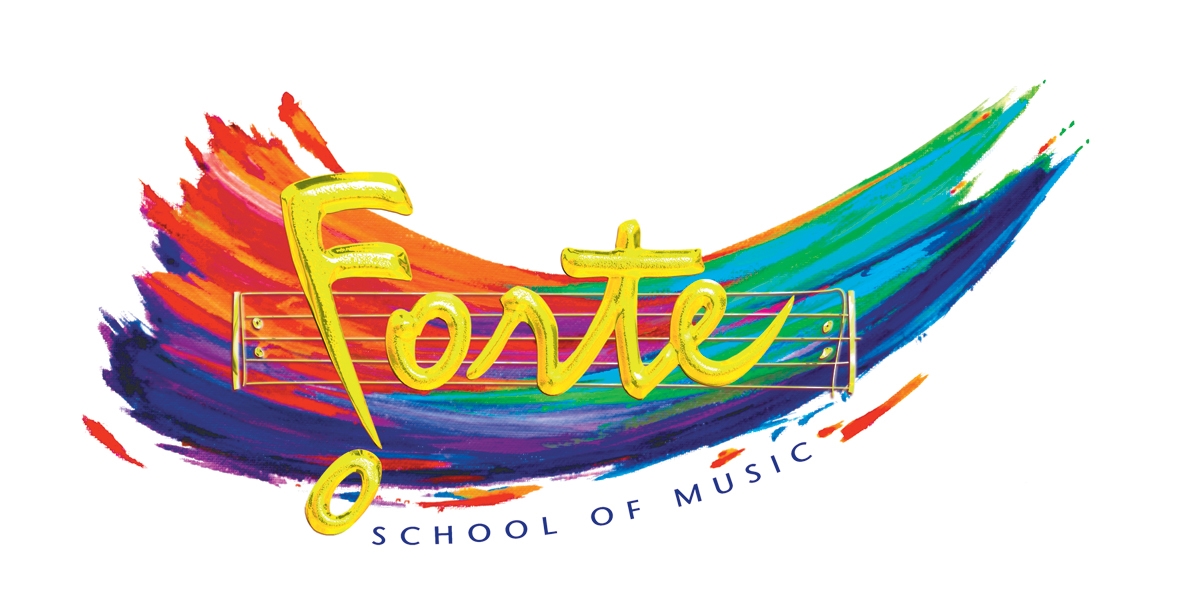
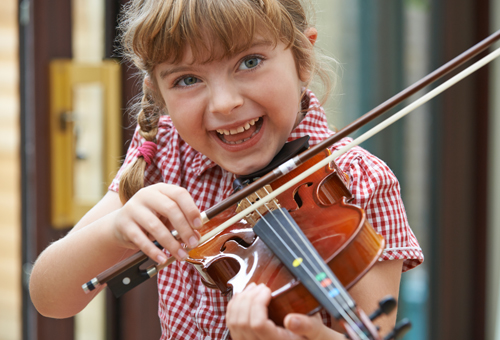
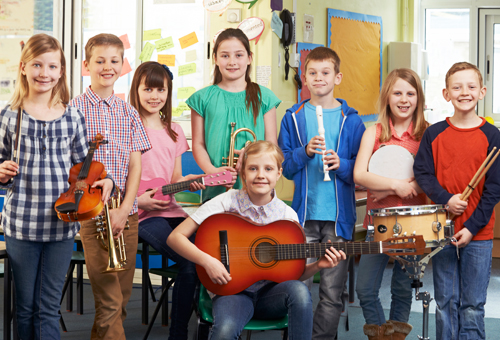
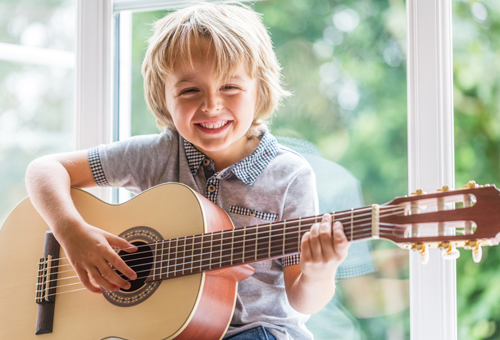




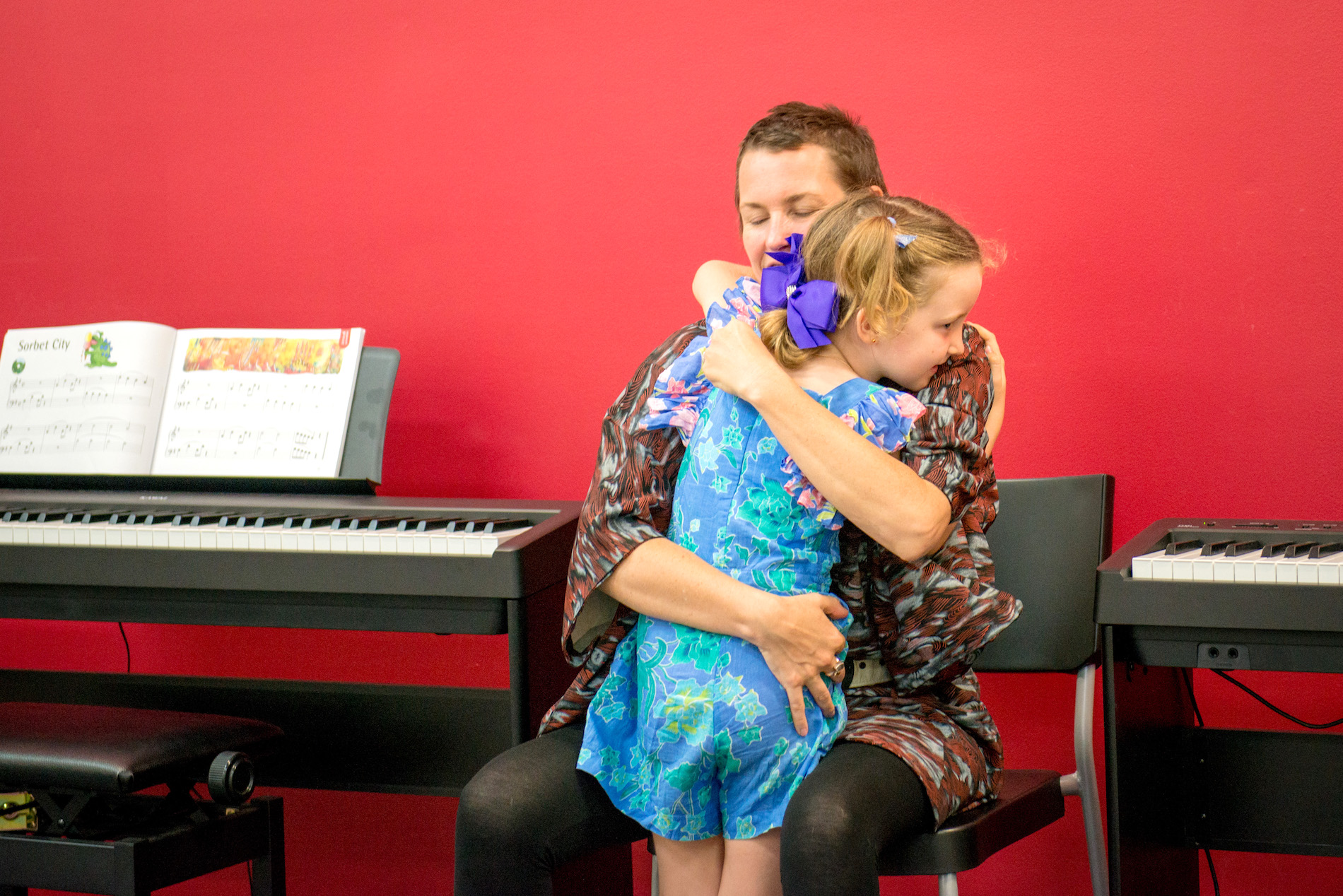
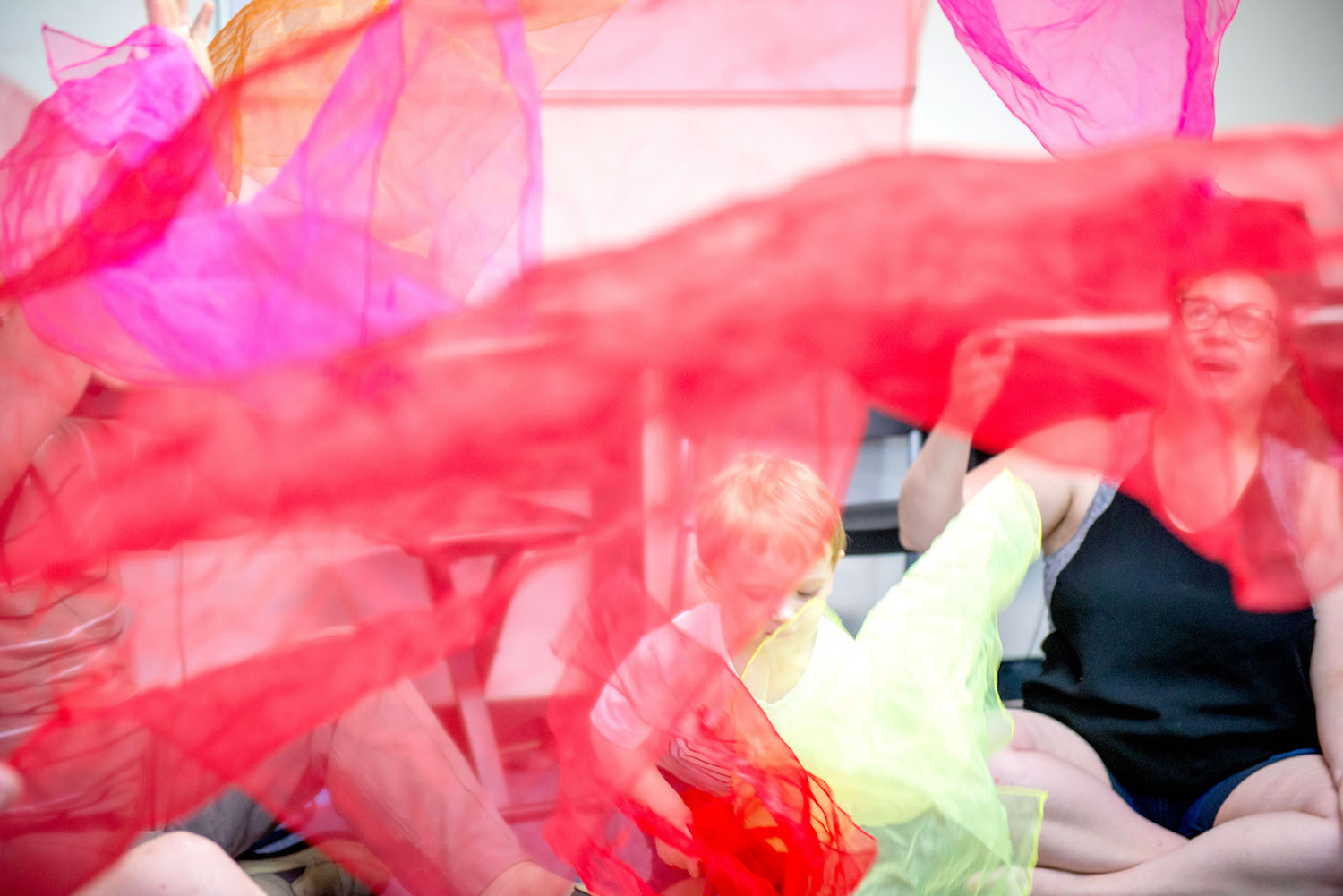


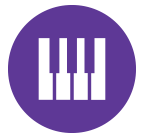


– SANDY